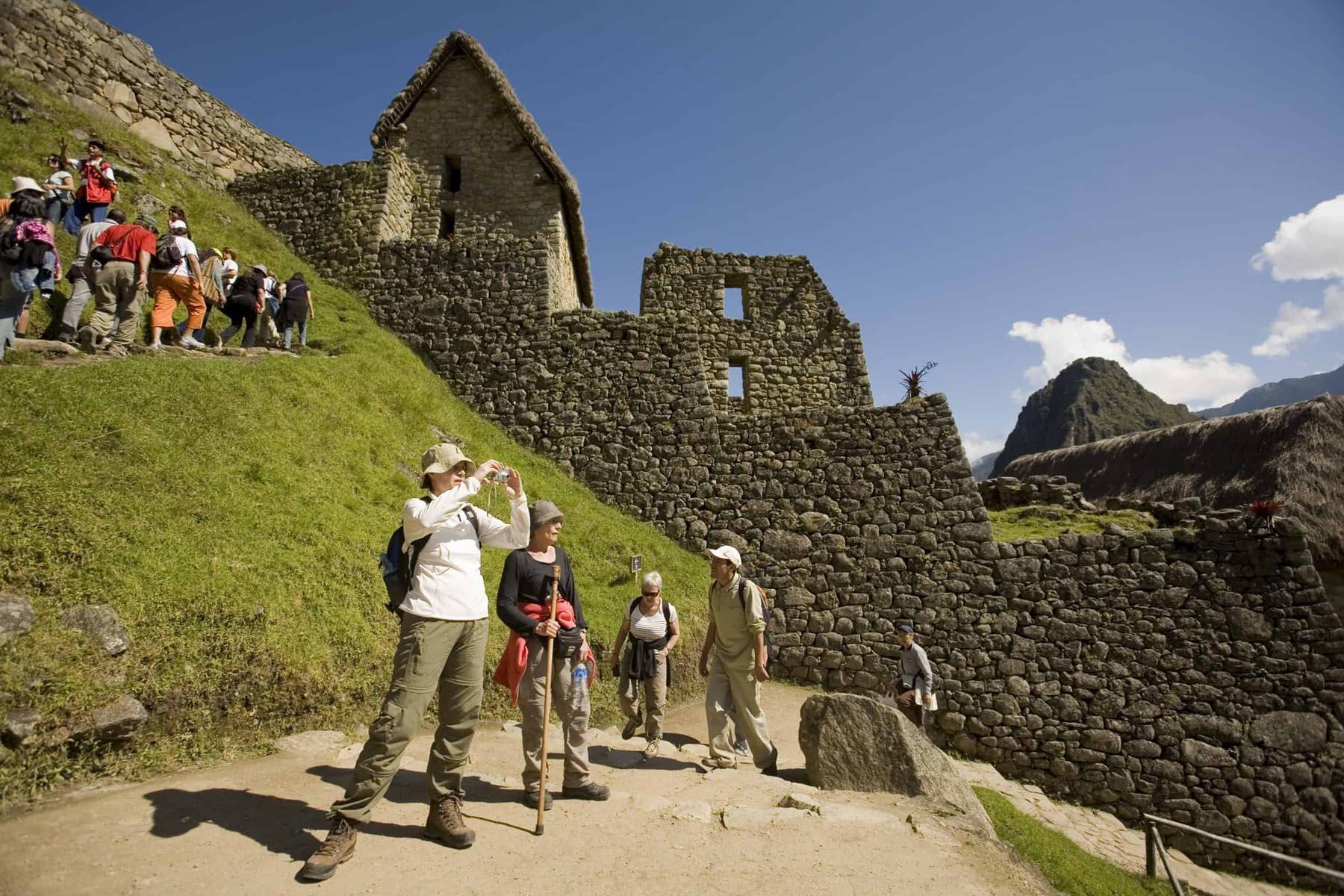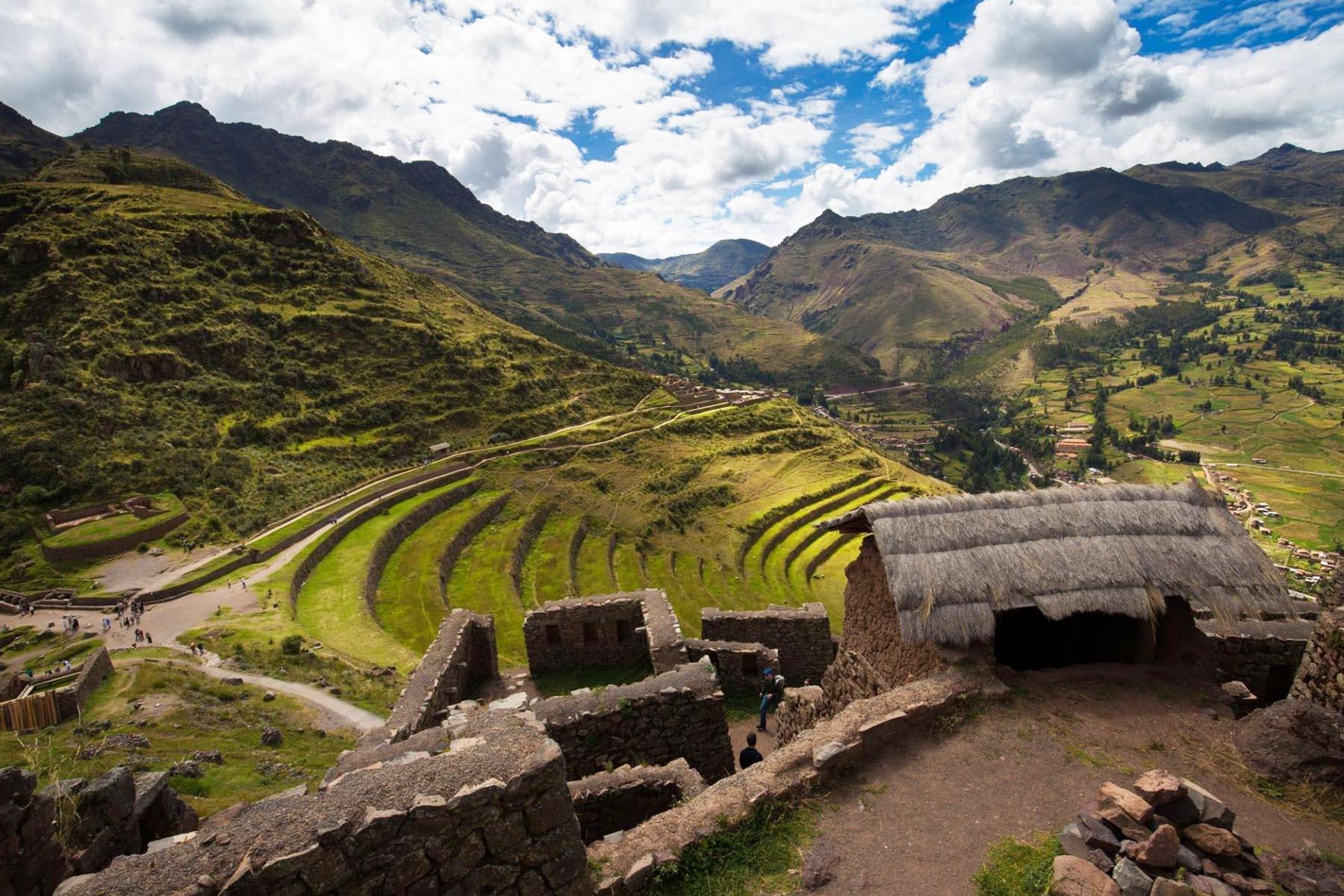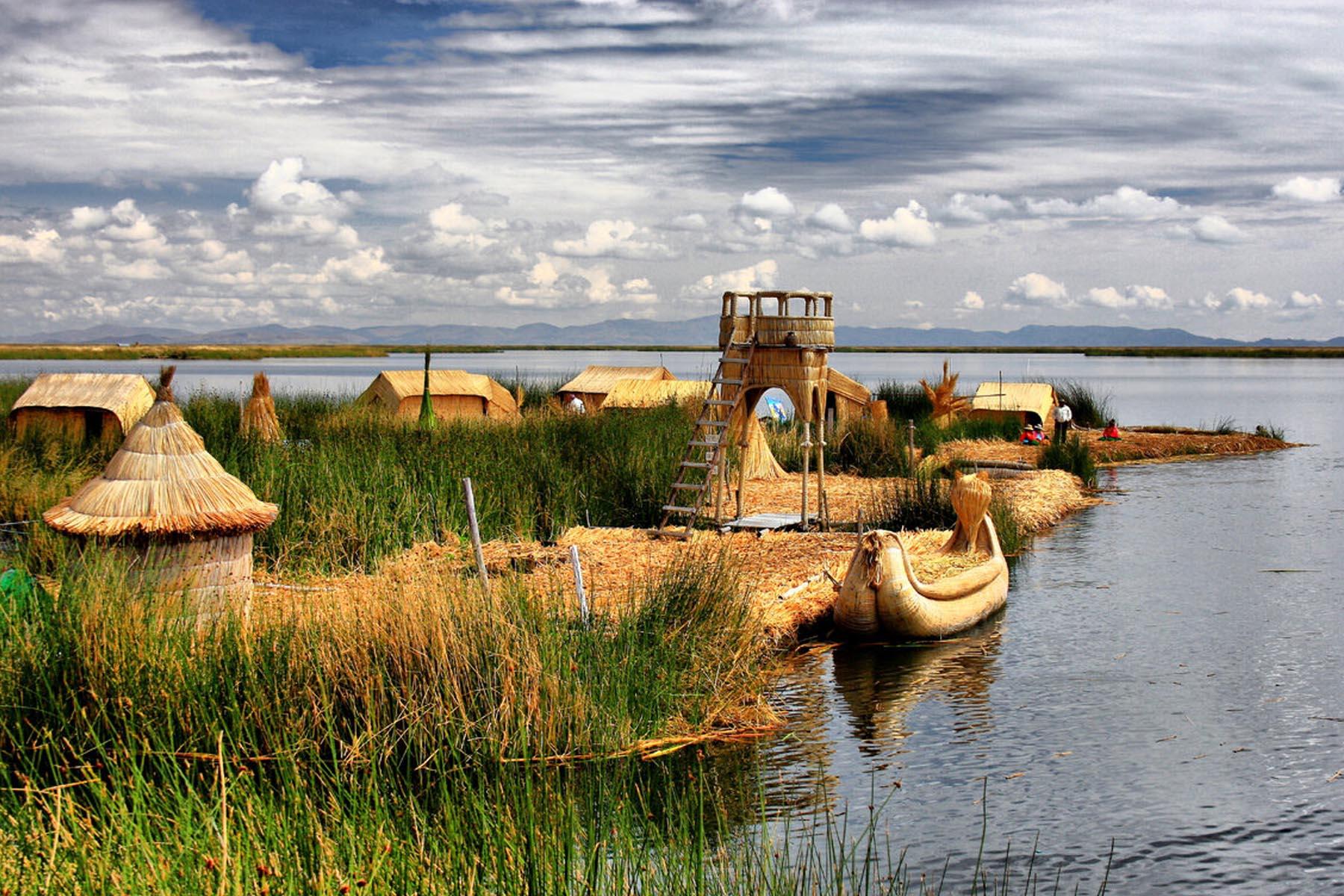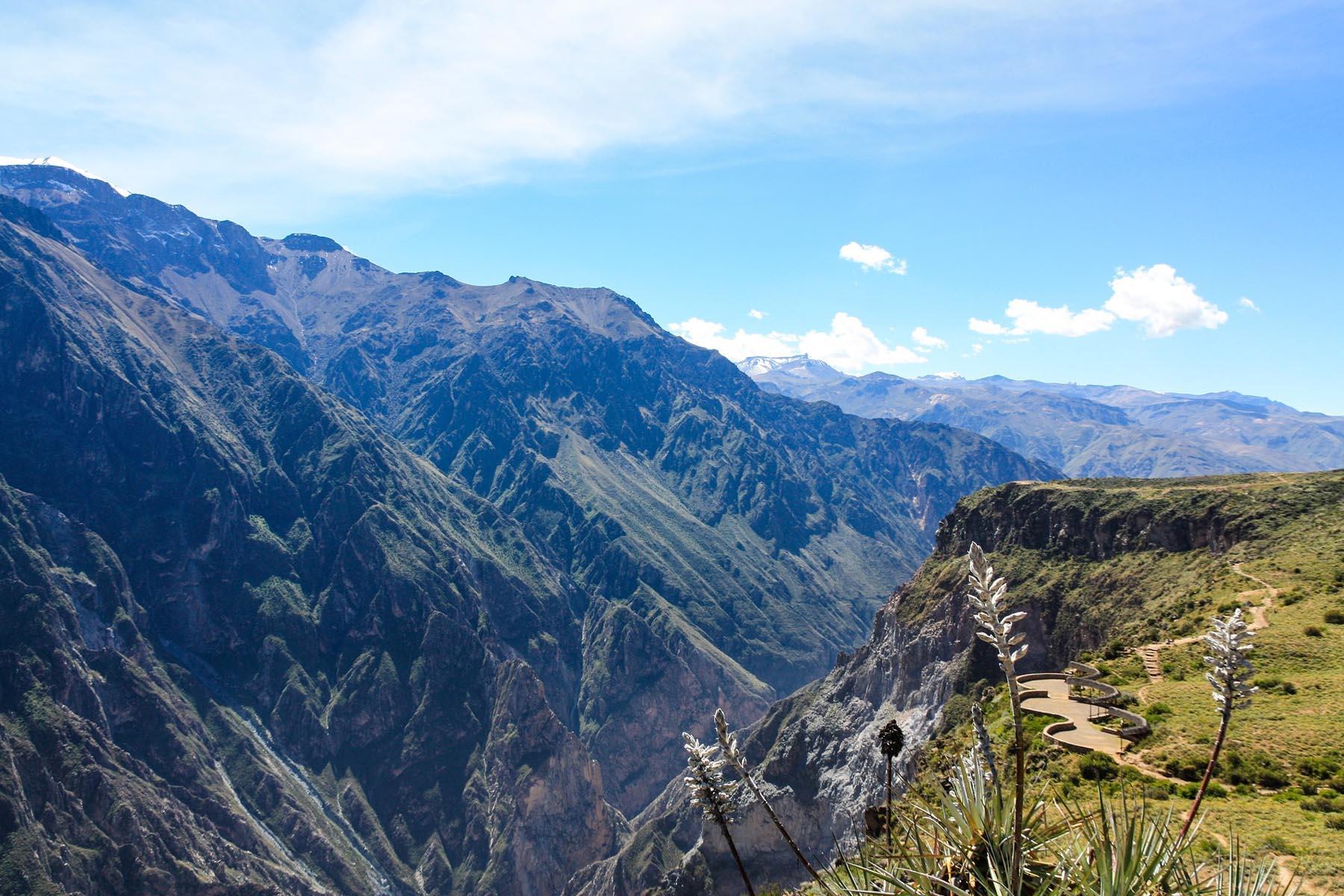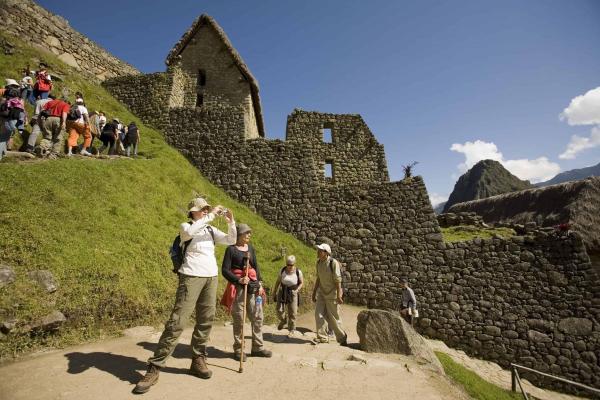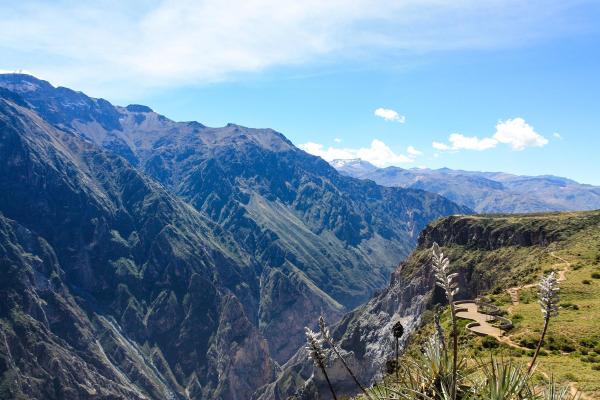Peru Travel Tour
$1750.00/From
Peru Travel Tour is a pleasant and fairly laid back package in Peru, suitable for adult and children travelers, this trips offers the experience to see various places in Peru Travel. Visit the rapidly growing economic capital of Peru, Lima, where you can enjoy some of the best and increasingly popular food in the world, get to know the peaceful and beautiful Sacred Valley of the Incas, discover the lost city, Machu Picchu, visit the sun route, travel by boat in the immense Lake Titicaca, share with the Taquile people, enjoy the Condor overflight and one of the deepest canyons in the world in Arequipa.
Quick itinerary:
- Day 1: Arrival in Lima
- Day 2: Tour in Cuzco
- Day 3: Sacred Valley of the Incas Tour
- Day 4 5: Travel to Machu Picchu
- Day 6: Puno Tour
- Day 7 8: Titicaca lake Tour.
- Day 9: Arequipa
- Day 10 11: Colca Canyon Tour.
- Day 12: Arequipa
- Day 13: Lima
- Day 14: Departure day
Included Highlights in Peru Travel:
- Visit the capital of Peru, Lima.
- Explore and walk around the Cuzco City.
- Sacred Valley guided tour and introduction to the Quechua culture.
- Guided tour of Machu Picchu.
- Climb up to Huayna Picchu mountain.
- Discover the South Valley.
- Walk around the Puno City.
- Guided tour of Lake Titicaca and introduction to the Aymara culture.
- Meeting the locals people at a Lake Titicaca homestay.
- Visit to the white city "Arequipa".
- Enjoy the condor overflight.
| Crew | A Travel Tour Group representative in Lima, Cuzco, Puno, Arequipa and professional guide | |
| Accomodation | Hotel 3 star (12 nights), Homestay (01 night) | |
| Meals | 03 Lunches, 01 Dinner, 13 Breakfasts (Allow USD 100-150 for meals no included) | |
| Transportation | Domestic flights, private transport, van, motorboat, train |
Tour Plan
Day 1: Arrive Lima
Arrival to the city of Lima, there are no planned activities.. When will arrive to airport, please seek your name, a Tierras Vivas representative will wait for you and will take to the hotel.
Day 2: Cuzco
Fly to Cuzco and transfer to the hotel. Cuzco is the continent’s oldest continuously inhabited city, and the hub of the South American travel network. The city attracts travelers who come not just to visit a unique destination but also to experience an age-old culture very different from their 20th century way of life; one could easily spend a week just in and around the area. Inca-built stone walls line most of the central streets and you don't have to go far to see other major Inca ruins. It is a city steeped in history, tradition and legend.
Every year Cuzco attracts thousands of travelers who come to delve into its noble but tragic past. It is the perfect base for optional explorations around the city and area as well as a range of outdoor activities. Relax and explore this fascinating city, and take time to acclimatize to the high altitude.
Day 3: Sacred Valley
One of the most spectacular days of the tour takes us through the Sacred Valley of the Incas. Once an important source of food for the Inca, the Sacred Valley is a lush agricultural region that continues to supply the city of Cuzco with much of its produce. As it is 600m lower than Cuzco, temperatures are on average 5 degrees Cº higher in the Sacred Valley.
Our travels will bring us through the major archaeological sites of Pisac and Ollantaytambo. At Pisac, an optional two hour or 5km hike will allow us to fully appreciate the Incan city nestled high in the Andean range. Later, the colorful artesian market at Pisac will no doubt be a highlight for those in search of unique souvenirs.
The day trip finishes in the picturesque village of Ollantaytambo, location of another large Inca site. This major ruin is known as the best surviving example of Inca urban planning and engineering. But more than that, Ollantaytambo is a living breathing Inca City, stay one night in Ollantaytamdo.
Day 4: Machu Picchu town
>Pick you up from your hotel, departure to the train station and train to the majestic city of Machu Picchu, in route will appreciate a diversity of natural landscapes which change with the different heights, descending the Valley of Anta, passing by Ollantaytambo, arrive to the station located in the village of Aguas Calientes. rest of the day free day.
Day 5: Machu Picchu citadel
we continue to the historic spiritual centre of the Incas, the "Lost City" of Machu Picchu. We tour the ruins and
have the opportunity to hike to the peak of Wayna Picchu to check out the view from another perspective. Return by train to Ollantaytambo or Poroy and will then be transferred by van to Cusco that afternoon.
Machu Picchu is both the best and the least known of the Inca ruins. It is not mentioned in any of the chronicles of the Spanish conquistadors and archaeologists today can do no more than speculate on its function. The local Quechua farmers in the area knew of Machu Picchu for centuries, but it was not until an 11-year-old boy led the American historian Hiram Bingham (who was in search of Vilcabamba) to the site on July 24, 1911, that the rest of the world became aware of its existence. At that time the site was covered in thick vegetation, and Bingham and his team returned in 1912 and 1915 to clear the growth. Over the years, much work has been done on excavating and studying the site. Despite these efforts, many unanswered questions remain.
Day 6: Puno
Tourist bus to Puno and will do South Valley (Sun route), the first stop is the San Pedro Church of Andahuaylillas is the major attraction for visitors and because of the quality of the art work is considered as the “Sistine Chapel” of America. It was constructed for the Jesuits at the end of the 16th and the princes of the 17th century. Its´ architectural structure is typical for small towns´ churches. Its´ walls are wide, typical for the colonial buildings, made with sun dried bricks of mud, a facade decorated with murals and two stone columns projected towards the main entrance. Although its´ architecture is relatively modest, the decoration of its´ interiors is the most impressive of the building.
After this we will continue to the old village of Pikillacta. This was one of the more impressive regional centers of the Wari culture, seated in Ayacucho, and which was occupied by the Incas through the years. Today it is a national archeological park of great importance.
The word Pikillaqta is a made up Quechua word, meaning lousy town (piki = lousy, llaqta = town), although it is also called “city of the fleas”. The constructions of Pikillacta exist of more than 200 kanchas (apartments), 504 golgas (warehouses) and other constructions. The city must have accommodated a population of approximately 10 thousand people.
Some investigators suggest that in the Inca times, Pikillacta was a city for “mitimaes” (groups of people or tribes who were being transferred from place to place). Then will go to Raqchi (the Temple of the God Wiracocha), a last stop in La Raya, where is the frontier to Cuzco and Puno, before arriving to Puno.
Day 7 - 8: Titikaka lake / Amantani
We board our comfortable boat to explore the Uros, Amantani, Taquile Island. We stop at various islands to enjoy the lake's scenic splendor and to meet the friendly people of these communities.
Located at 3830 m above sea level, Puno is the highest night stop on the tour. As a result the weather can be extreme with very cold nights and a strong sun during the day. Puno is also known for its wealth of traditional dances: there are up to 100 different varieties, usually performed in the street processions celebrating Catholic feast days. A popular optional activity in Puno is a visit to the spectacular chullpas (funerary towers) of Sillustani, a pre-Inca archaeological site.
Titicaca is also the largest lake in the world above 2000m, and the views from both Amantaní and Taquile Islands are stunning. Our first stop on Lake Titicaca is the floating islands of the Uros people. The Uros began their unusual floating existence centuries ago in an effort to isolate themselves from the Colla and Inca tribes. Sadly, the Uros language has died out, and today they speak Aymara due to intermarriage with Aymara-speakers. Today about 300 families live on the islands, however their numbers are slowly declining.
The Totora reeds that grow in the shallows of the lake are used for making everything from the islands themselves to the model boats that the islanders sell. The islands are made up of layers upon layers of reeds; as the layers closest to the water start to rot, they are replaced with fresh reeds on top. The reeds are also used to build their boats, which if constructed well will last up to 6 months.
Day 9: Arequipa
Local bus to the white city, Arequipa is the second most important city and biggest. Sitting at 2325 m (7626 ft) above sea level and surrounded by the Andes mountains, this delightful colonial town is well worth a visit. Arequipa was built from a very light coloured volcanic rock called sillar, so older buildings dazzle in the sun, giving the city its nickname, “the White City.” The main plaza with its cafés and nearby cathedral is a top draw for visitors. Those with an interest in history and architecture may take an optional visit to the Convent of Santa Catalina, offering a brief respite from the outside world and a unique view into a by-gone way of life. Spectacular mountains surround Arequipa, the most famous of which is El Misti Volcano, at 5822 m (19096 ft) with its beautiful snow-capped peak.
Day 10 - 11: Colca Canyon
Colca Canyon is a canyon of the Colca River in southern Peru, located about 100 miles (160 kilometers) northwest of Arequipa. It is promoted as the "world's deepest canyon". The Colca Valley is a colorful Andean valley with pre-Inca roots, and towns founded in Spanish colonial times, still inhabited by people of the Collagua and the Cabana cultures. The local people maintain their ancestral traditions and continue to cultivate the pre-Inca stepped terraces.
The canyon is home to the Andean Condor (Vultur gryphus), a species that has been the focus of worldwide conservation efforts. The condors can be seen at close range as they fly past the canyon walls, and are a popular attraction. 'Cruz del Condor' is a popular tourist stop to view the condors. At this point the canyon floor is 3,960 feet (1,200 m) below the rim of the canyon.
First day transport to the Canyon of Colca. The journey aprecciate the incredible landscape of the altiplano, reaching a height of 4900metres. Frequent stops to observe local fauna (alpacas, llamas, vicuñas, guanacos, viscachas, etc), arriving finally to the valley of Colca, to the town of Chivay, you can visit the thermal baths of Chivay, where the water reaches a temperature of over 40°C. dinner and night in Chivay, the second day, back to the Arequipa city, and visit to small town in the Valley.
Day 12: Arequipa
Day 13: Lima
Fly to Lima, Today is the last day to be in Peru and you can explore around the city or go to buy the souvenir and also you can do optional activity.
Day 14: Departure day
Included & Excluded
Details about services not included and details not included in our packages, if you have any questions please contact us.
- Airport arrival and departure transfer.
- Accommodation: Hotel 3*** (12 nights), Homestay (1 night).
- All entrance fee according to itinerary.
- Profesional guide throughout as per itinerary.
- Meals: 03 Lunches, 01 Dinners, 13 Breakfasts.
- Domestic flight (LIM - CUZ / AQP - LIM).
- All land transport along the route.
- Tourist bus up and down to Machu Picchu.
- Tourist train round trip to Machu Picchu.
- Motorboat in the Titikaka lake.
- Post & pre tour accomodation.
- International flight and departure tax.
- Meals not details
- Travel insurance
- Tip, baggage portage and other extras not specified.
Meals budget: Allow USD 100-150 for meals not included
Single room:Please note that if you have booked the "Single Room" option for this tour, you will receive your own single room for all night stops.
Local flights: All local flights are included in the cost of your tour unless otherwise noted. It is important that we have your passport information at the time of booking in order to process these tickets. Internal flight tickets are issued locally and will be given to you prior to the flight departure.




